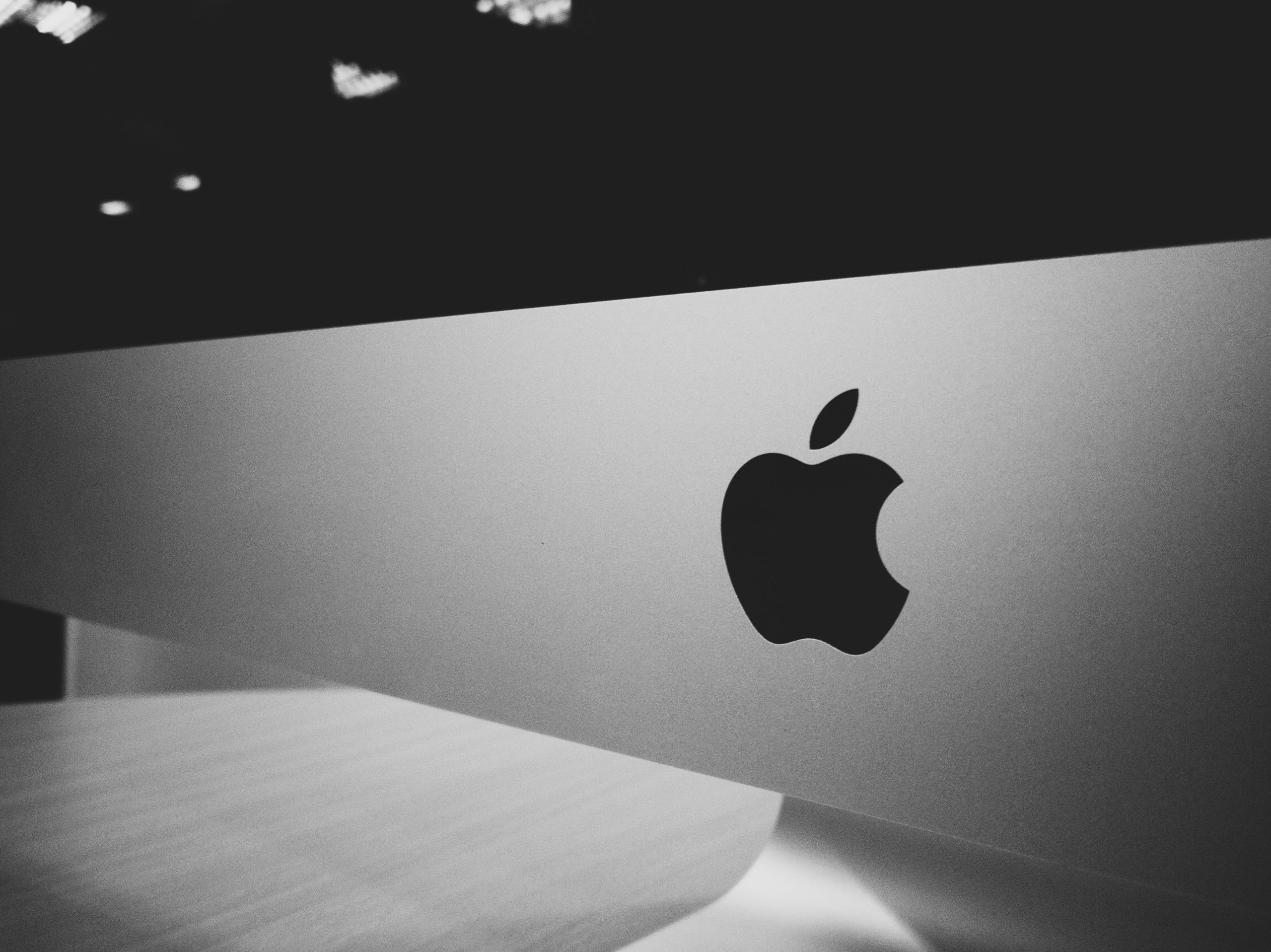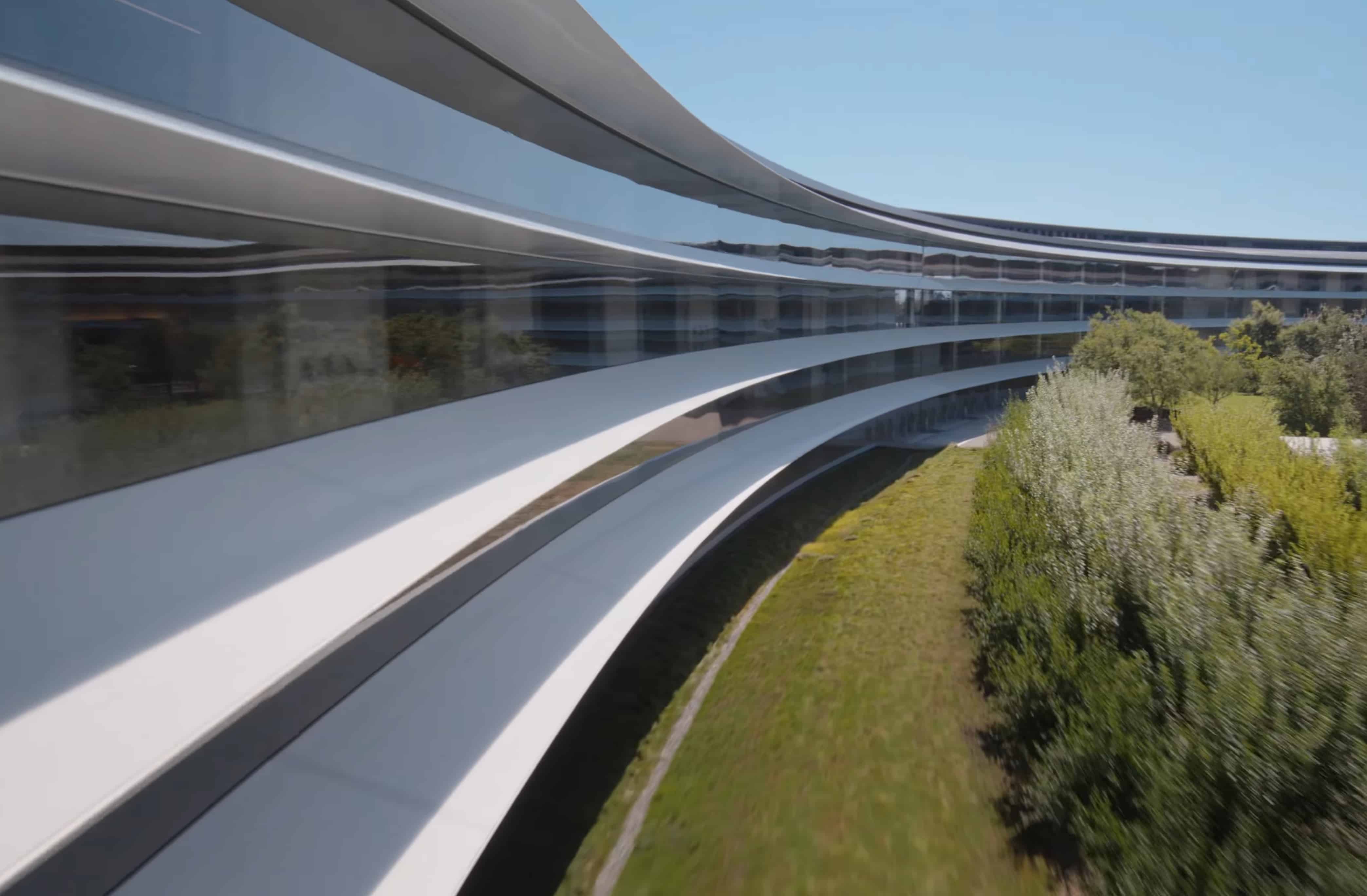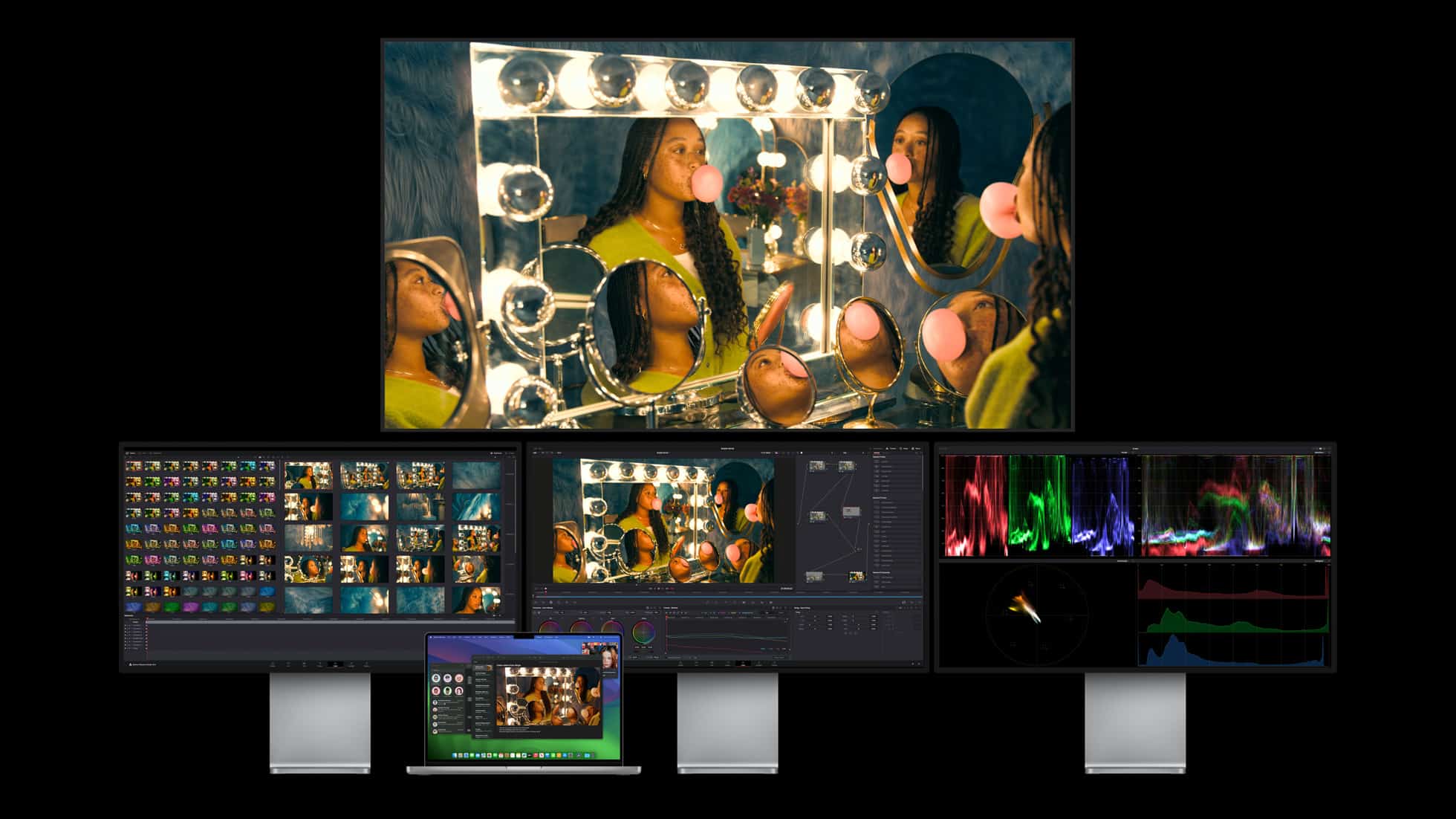
Apple is one of the biggest companies in the world thanks to its clever use of intellectual property rights, but how did that happen? Intellectual property rights are there for all to see, so why does one party seem to be handling these so much more skillfully than the rest? In large part, that has to do with the clever use of industrial design rights. What are these and how are they used?
Sponsored by: EP&C Patent Attorneys
EP&C Patent Attorneys has been helping entrepreneurs with the protection of their Intellectual Property at home and abroad for over 80 years. Attorneys for patent and industrial design rights look at the ambitions, strategy and sales market of an organization. By providing assistance with applications for patents and industrial design rights and other services, they ensure the proper protection of innovation and a solid patent strategy.
What are industrial design rights?
You may know that there are several ways to protect intellectual property. Such as patent law, industrial design rights, copyright law, trademark law and more. All of these forms of protection work slightly differently, but I’ll limit myself here to patent law and industrial design rights for the moment.
Patents protect innovations that solve a technical problem. They give exclusive rights to the use of technology in products such as computers, tablets and telephones. Sometimes however, the innovation is not so much in the technology itself, but more, or even solely, in its appearance. In that case, a registration of the industrial design rights gives you the exclusive right to the design of a product.
Put simply, one right protects a technique and the other a design. Sometimes the two go hand in hand, and that is certainly often the case with Apple. You cannot protect purely technical innovations with a registered design, but if the design plays a major role, then you can. The only thing is that this does require something from the person drawing up that protection writ.
Strong position through ‘broad protection’
There is not only a difference between patent law and in industrial design rights, but also between patent law and industrial design rights’ attorneys. A lot of patent attorneys just have a technical background, whereas most industrial design attorneys have a legal background. At Apple, they have often mastered both. Their attorneys view design through a technical lens. As a result, they are able to capture relatively many of the characteristics of a new product within the scope of industrial design rights.
This so-called “broad protection” makes it much harder for competitors to imitate products. They may be able to come up with a variant of the technology themselves, but they cannot simply implement it in a similar-looking phone or tablet. Those products may be inspired by Apple, but they can’t use many of the key details. This is how Apple strengthens its position in the market and can charge much more money than its competitors for products that feature similar technologies.
This is an attractive proposition for every entrepreneur, but in Apple’s case it is also a demonstration of strategy. Design is one of the cornerstones of the brand. It is a way to differentiate itself and a reason why customers choose Apple. Protecting the design is therefore almost as important as the product itself.
Relatively inexpensive
Of course, this kind of cleverly implemented design protection is by no means as relevant for every consumer product. The choice for the best form of protection stems from your idea and not the other way around. Nevertheless, it is worthwhile realizing that these kinds of options are available and that the smart use of intellectual property rights can considerably strengthen your position in the market.
A welcome benefit is that industrial design rights are a relatively inexpensive form of protection. Filing and upkeep are a lot cheaper than in the case of patents. It is therefore advisable to have this done by an attorney who is not only familiar with industrial design rights, but also with patent law. With a good mix of technical and legal knowledge, he or she can provide a comparable, broad protection that your company can build on.








